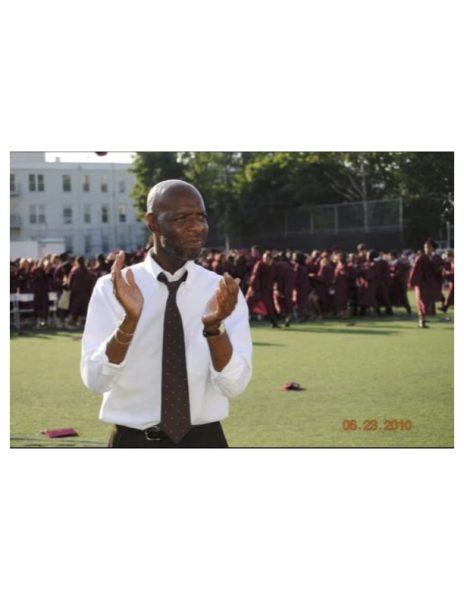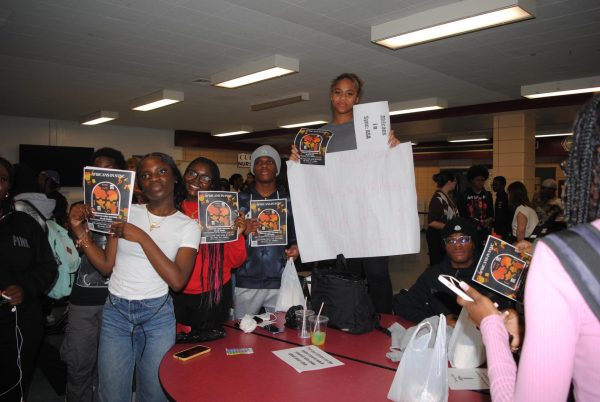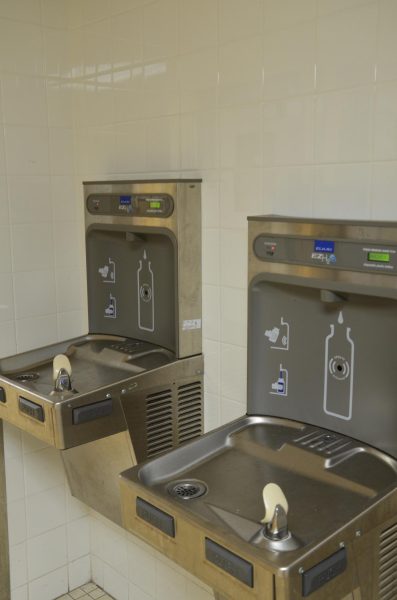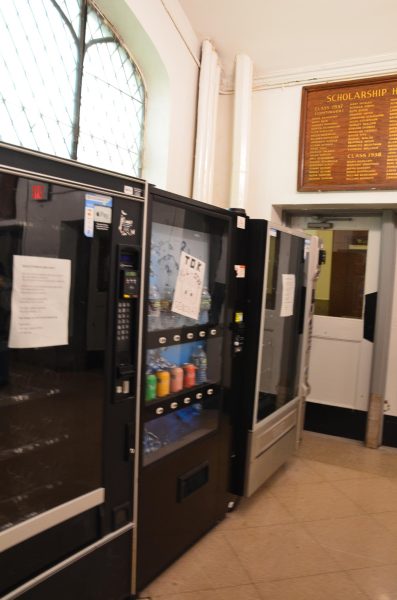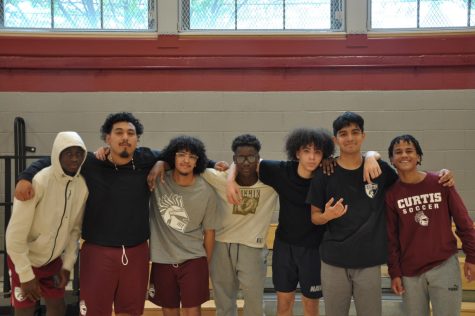COVID-19 Fact Sheet
COVID-19. The deadly virus that has plagued our country for almost three years now. Yet we are beginning to approach normalcy, especially with our schools finally opening full time. However, there are countless unknowns. From vaccination mandates to protective measures, there’s just so much that we don’t know. The purpose of this article is to inform the student body about Covid by answering questions and providing statistics so they feel prepared for this school year.
COVID Numbers NYC: According to numerous COVID-19 Charts, including the CDC and New York Times, recently COVID cases have remained consistently high in numbers. Yet, the number of hospitalized patients has fallen in New York City. An average of about 1,490 cases per day was reported in NYC, also about the same as the average two weeks ago. Since the beginning of the pandemic, at least 1 in 8 residents have been infected, a total of 1,101,644 reported cases in NYC. As of right now, the city is at a high transmission level, meaning the spread of the virus is very high.
Protective measures
With coming back to school full time, the Department of Education had to enforce numerous protective measures to keep students, staff, and their families safe. These measures include:
Vaccinations: Every person 12 and older is strongly advised to get vaccinated as soon as possible. However, every staff working under the DOE is mandated to have been vaccinated by Friday, October 1st. Unvaccinated staff who don’t have an approved exemption or leave would have been removed from payroll Monday, October 4th. Others mandated to get vaccinated include all students and staff involved in high-risk PSAL sports before their first day of competitive play, and all students 12 and older participating in high-risk after-school, extracurricular activities. In addition to staff and students, all visitors 12 and older must show proof of at least one dose of the COVID-19 vaccination to enter a DOE school building. Visitors do not include students attending school in a DOE school building.
Health Screenings: Every student and staff member must complete the health screening form before entering the school building each day. This form is just meant to confirm that anyone entering the building is not experiencing any symptoms of COVID-19, has not recently tested positive for COVID-19, and is not currently required to quarantine based on close contact with an infected person.
Masks: All students and staff are mandated to wear a face-covering everywhere on school property, indoors or outdoors, regardless of vaccination status, unless they have a medical exemption. Of course, students and staff are allowed to remove masks during lunch and snack breaks while at a comfortable distance from each other. Masks may also be removed during designated “mask breaks” during which students will maintain physical distance from each other.
Ventilation: According to the DOE, good ventilation and air circulation are essential to preventing COVID-19. Over the past year and a half, ventilation in every classroom has been inspected, updated, and repaired as needed. Every DOE room that is in use by students and staff for extended periods of time will have fully operational ventilation through either natural, mechanical, or a combination of means. The CDC advises every classroom across New York City to be provided with two air purifiers. They also advise that cafeterias in larger schools be provided with large air units for added protection and window-based exhaust fans to provide even more air circulation.
Cleaning: Another very important part of preventing COVID spread is making sure all surfaces are cleaned regularly. Classrooms and common areas such as gyms, libraries and auditoriums have hand sanitizer and disinfectant wipes available. “High-touch” objects, such as door handles and water fountains will be cleaned multiple times a day and each classroom will be deep cleaned and disinfected daily.
COVID-19 Testing: Each school randomly tests unvaccinated students who have submitted their consent for testing weekly. Testing is conducted with a threshold of ten percent of unvaccinated students per school population. In the event of a positive result, steps can be taken to protect the school community immediately. Students and staff who are fully vaccinated do not need to be tested.
Positive Cases: There will no longer be entire classroom closings for a positive COVID result. Vaccinated and unvaccinated students who are wearing masks and have kept at least three feet of distance from a student who tests positive won’t be considered in close contact with them and will not have to quarantine.
Facts and Fiction
Even though COVID first broke out in 2019, we’re learning new information about it every day. Unfortunately, there’s so much misinformation about it circulating the internet. I’m sure we’ve all seen it. You’re scrolling through social media and come across claiming to have new information on COVID-19, oftentimes without any proof or evidence. This misinformation can lead to paranoia and even cause someone to try something dangerous to cure or prevent COVID19. While it’s always important to do your research, for your convenience, I have compiled a list of the common myths I’ve seen so far during the pandemic — and indicated the facts behind the fiction:
Fiction: Injecting, swallowing, bathing in, or rubbing bleach or disinfectants will protect your body from COVID.
Fact: This is false. These products are highly toxic and should never be injected or consumed into your body. Call 911 immediately if this occurs. Disinfectants, bleach, and soap, and water can be used to clean surfaces, an important step in stopping the spread of the coronavirus that is causing COVID19. Never try to self-treat or prevent COVID-19 by rubbing or bathing your body with bleach, disinfectant, or alcohol. Effective hand sanitizers, although they contain alcohol, are formulated to be safe for your hands.
Fiction: The COVID-19 vaccine is ineffective and unsafe.
Fact: The COVID vaccine has become a controversial topic for many people. However, regardless of your political stance on it, the vaccine is proven to work. The numbers don’t lie, and the COVID vaccine is proven to be 90% effective in preventing you from getting COVID and spreading it to others. As for safety, these vaccines have undergone and continued to undergo the most intensive safety monitoring in U.S. history. This monitoring includes using both established and new safety monitoring systems to make sure that COVID-19 vaccines are safe.
Fiction: You don’t need to wear a mask or social distance if you aren’t sick or don’t think you have COVID.
Fact: Wearing a mask and social distancing is very important, even if you don’t think you have COVID. Social distancing and wearing a mask not only protects you from other people around you who might be carrying the virus, but you might be carrying the virus without even realizing it. Several studies have shown that people with COVID-19 who won’t develop symptoms (asymptomatic) and those who are not yet showing symptoms (pre-symptomatic) can still spread the virus to other people.
Fiction: If you had the virus and recovered, you are now completely immune to it.
Fact: While individuals who have recovered from a COVID infection might develop some protective immunity, the duration and extent of such immunity are not known. It is still very possible for one to become re-infected.
https://www.rush.edu/news/common-covid-19-myths-debunked
https://www.cdc.gov/coronavirus/2019-ncov/prevent-getting-sick/cloth-face-cover-guidance.html
https://www.nytimes.com/interactive/2021/us/new-york-city-new-york-covid-cases.html


